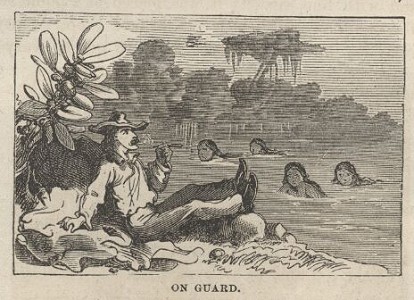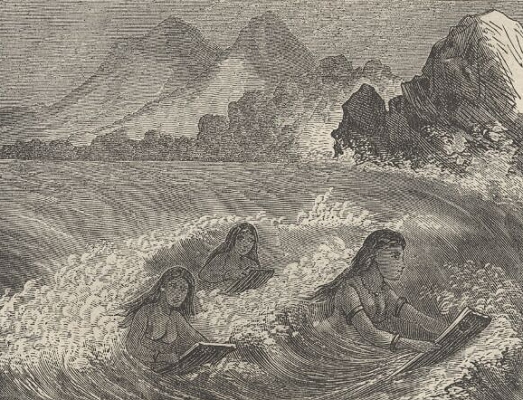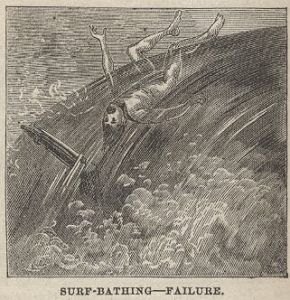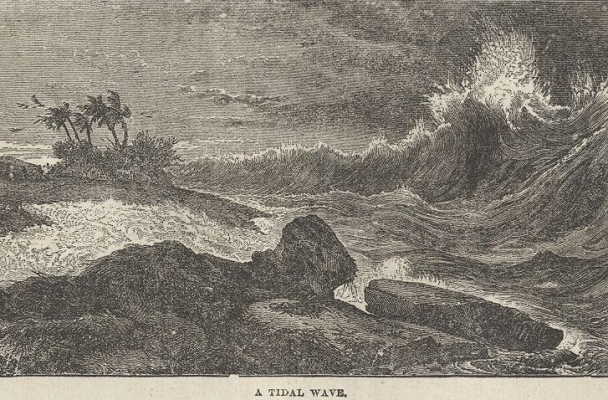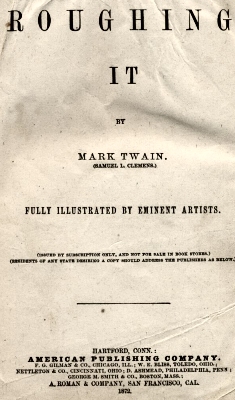 |
surfresearch.com.au
mark twain : roughing it, 1872
|
Mark Twain : Roughing It, 1872.
Extracts from
Twain, Mark (Clements, Samuel): Roughing It.
American Publishing Company, Hartford, 1872.
Project Gutenberg
http://www.gutenberg.org/files/3177/3177-h/3177-h.htm#ch62
